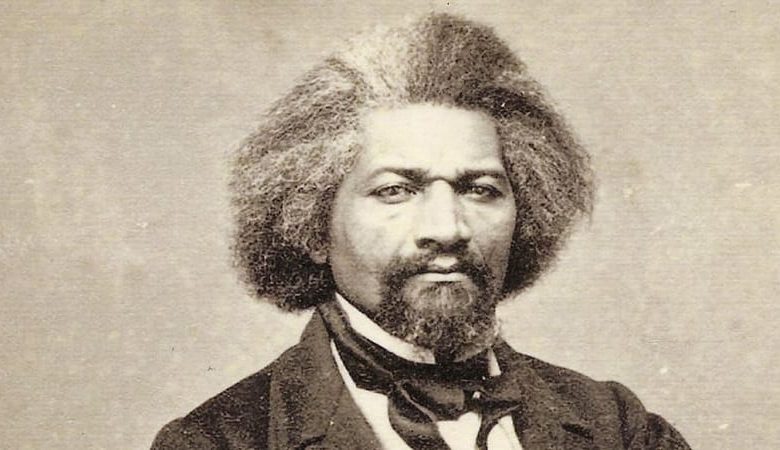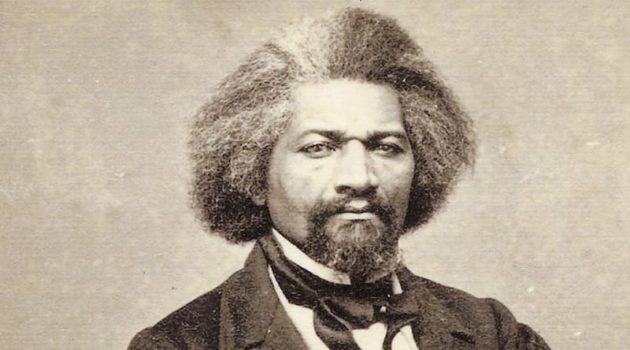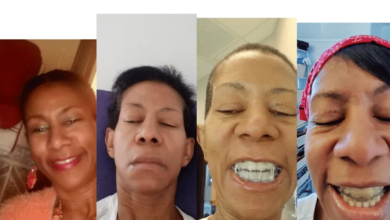Black History of Health: Frederick Douglass


Frederick Douglass was one of the great American anti-slavery leaders of the 1800s. Born a slave in Maryland, he quickly learned that God had a much bigger plan for him.
After escaping slavery he became a prominent activist, author, and public speaker. Douglass published his memoir Narrative of the Life of Frederick Douglass, an American Slave in 1845. Eloquent, smart, and determined, Douglass gained fame as a speaker and became a ‘conductor’ on the Underground Railroad. In later years he became a personal friend of Abraham Lincoln and helped persuade Lincoln to issue the Emancipation Proclamation. He also was a strong supporter of women’s rights. He is often described as the founder of the American civil rights movement.
Douglass also became a leader in the abolitionist movement, which sought to end the practice of slavery, before and during the Civil War. After living a full life, in 1895, Douglass returned home and died of a massive heart attack.
While many are aware of the legacy Douglas left behind, many people don’t know that, like many Black Americans today, Frederick Douglass also lived with Diabetes. A condition that is not often mentioned in his life story, but was still very much a part of it.
Unfortunately, over one-hundred years later, Diabetes still plagues the Black community.
Diabetes in the Black Community
Compared to the general population, African Americans are disproportionately affected by diabetes:
- 4.9 million (an increase from 3.7 million in 2007), or 18.7% of all African Americans, aged 20 years or older, also have diabetes.
- African Americans are 1.8 times more likely to have diabetes as non-Hispanic whites.
- 25 percent of African Americans between the ages of 65 and 74 have diabetes.
- 1 in 4 African American women over 55 years of age has diabetes.
Diabetes is associated with an increased risk for a number of serious, sometimes life-threatening complications, and certain populations experience an even greater threat. Good diabetes management can help reduce your risk. However, many people are unaware that they have diabetes until they develop one of its complications.
What are the Signs and Symptoms?
Prediabetes is a fairly “invisible” disease. You can have prediabetes for years but have no clear symptoms, so it often goes undetected until serious health problems such as type 2 diabetes show up. If you have risk factors for prediabetes, it’s important to talk to your healthcare provider about getting your blood glucose tested. Prediabetes most often occurs in people who:
- Are overweight
- Are 45 years or older
- Have a parent, brother, or sister with type 2 diabetes
- Are physically active less than three times a week
- Have a history of gestational diabetes—diabetes during pregnancy, or have given birth to a baby who weighed more than 9 pounds
- Have polycystic ovary syndrome
- Are African American, Hispanic/Latino American, American Indian, or Pacific Islander
RELATED: Diabetes: Questions to Ask Your Doctor
7 Steps Every Black Diabetic Should Take
Exercise Often. A key way to turn around your risk for diabetes is to get moving. Research shows people who burn about




